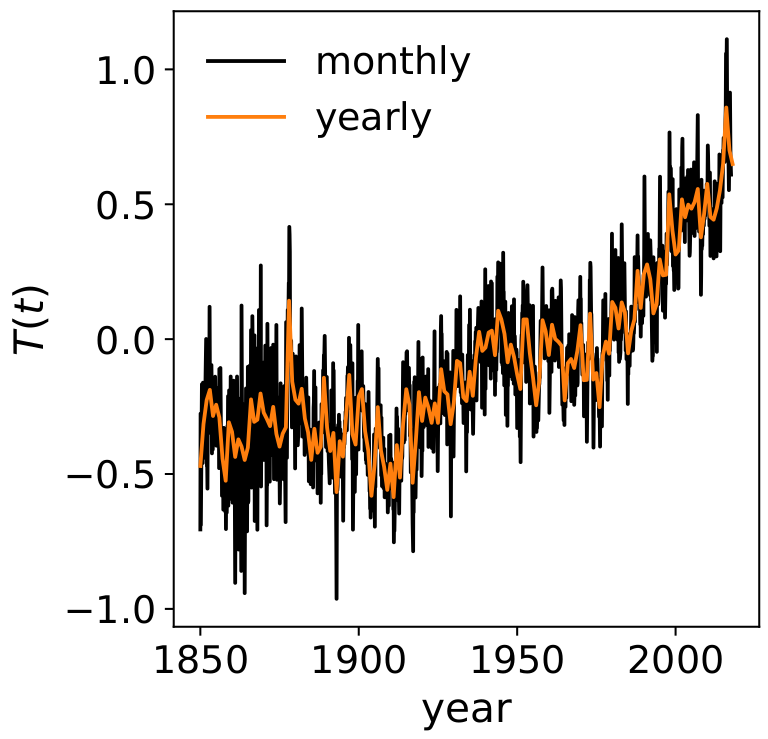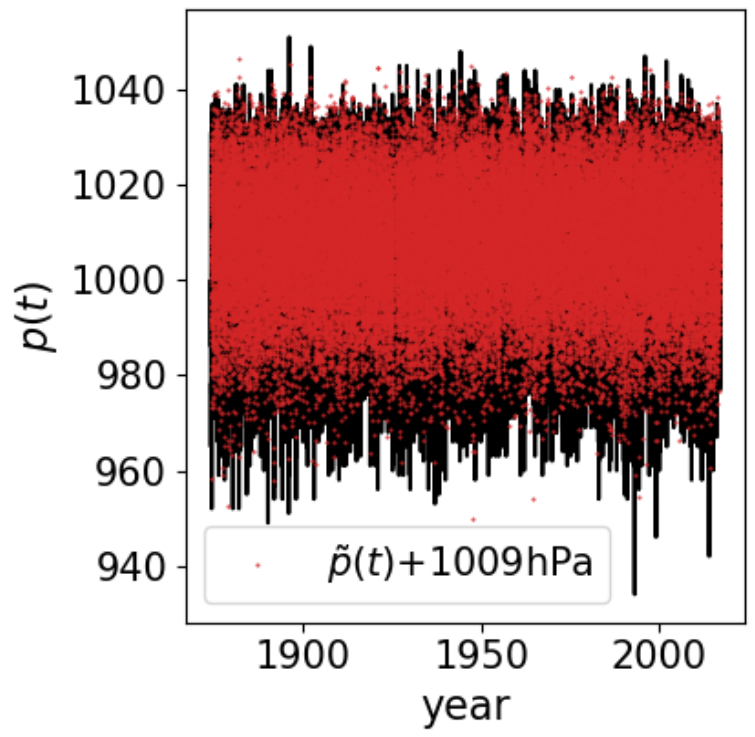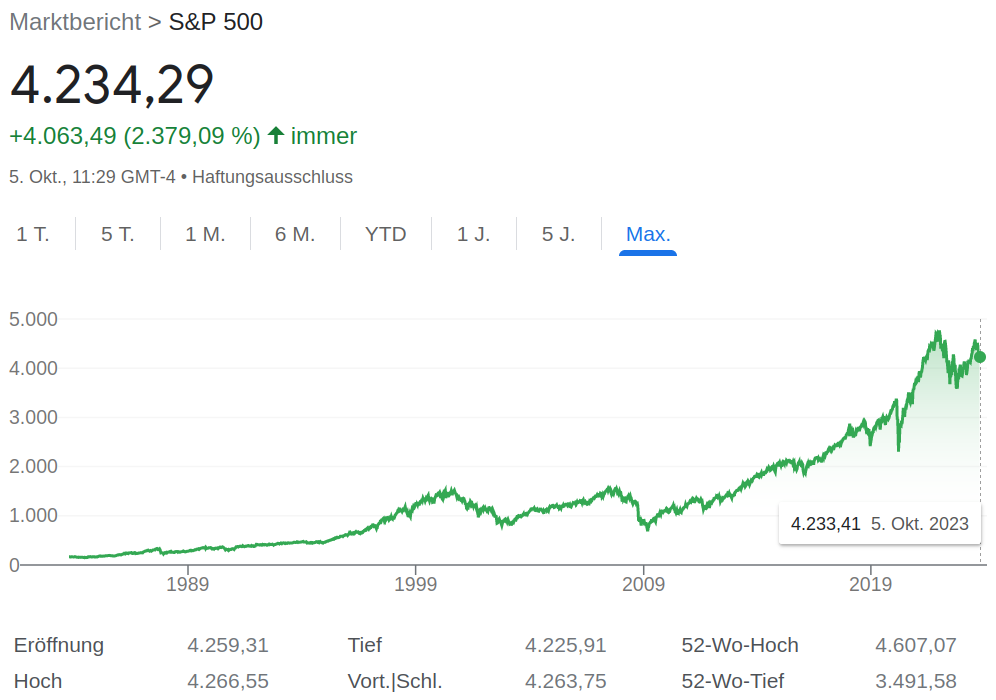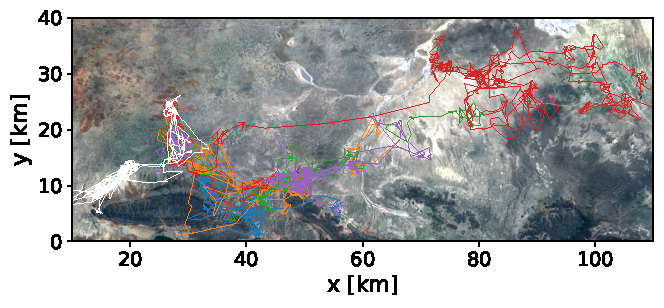0. Predictions
Data Analysis and Stochastic Modeling
Dr. Philipp Meyer, University of Potsdam
What is the best prediction?
...for the next movement without further information
Chapter 1...for a random movement in a potential
Chapter 2...for a directed movement given two time points
Chapter 7...for a directed movement given two time points and additional information
Chapter 13...for a directed movement given two time points and additional information
Chapter 13...for a dice throw?
Mean squared error
- The mean squared error is a commonly used metric (loss function)
- Dice throw: best guess is x=3.5
Data-driven models
- Models can be built from first principles (bottom up) or from observations (top down)
- Here: we start from data and construct models from observations
- This is necessary if the system is very complex and/or most parameters of the system are unknown
- Starting from general stochastic models encoding only essential information towards complex machine learning models with many parameters
Which models explain the intuition?
What data can we describe?
Air pressure and Temperature


Financial asset values

Movement of animals

